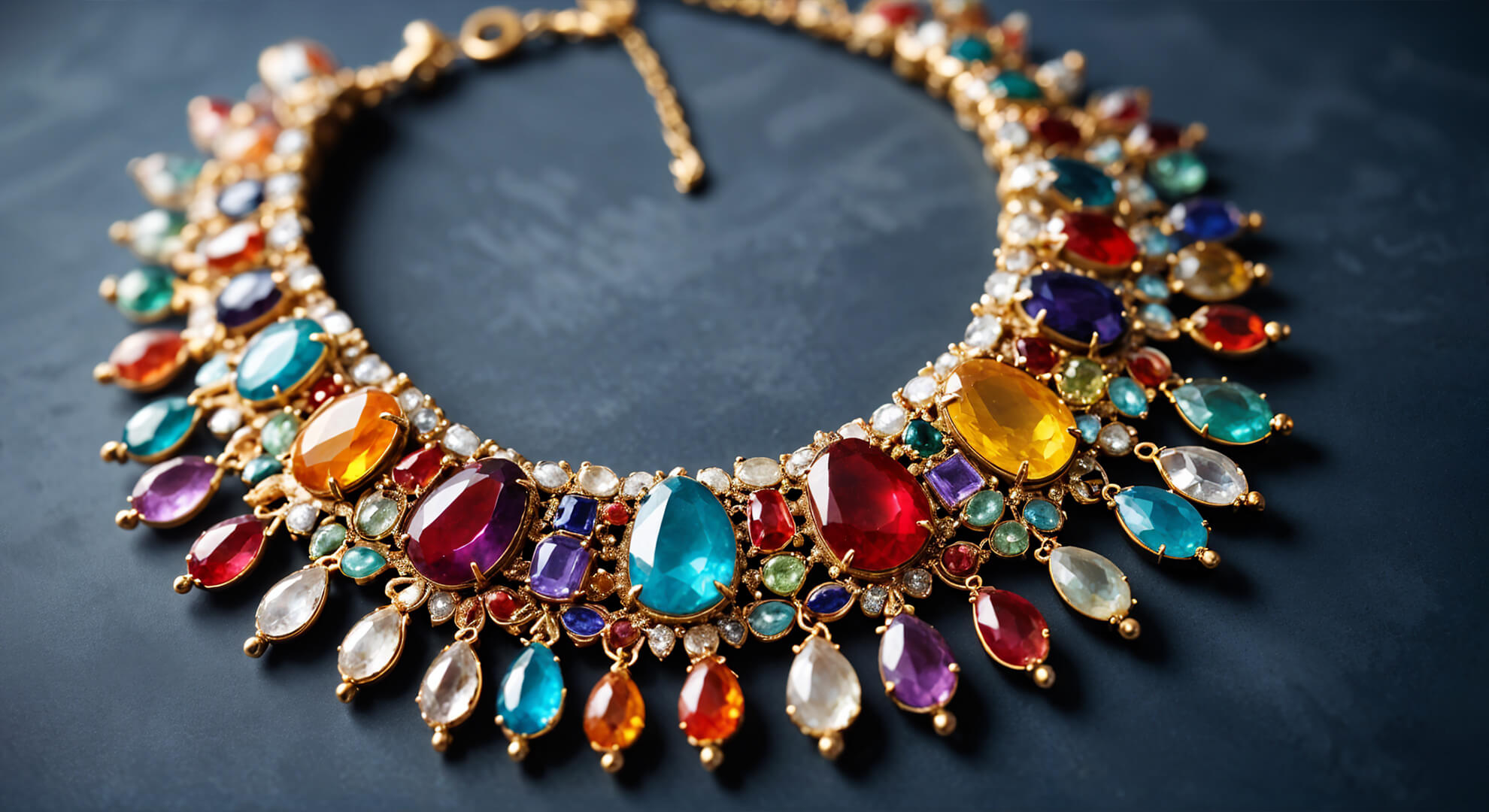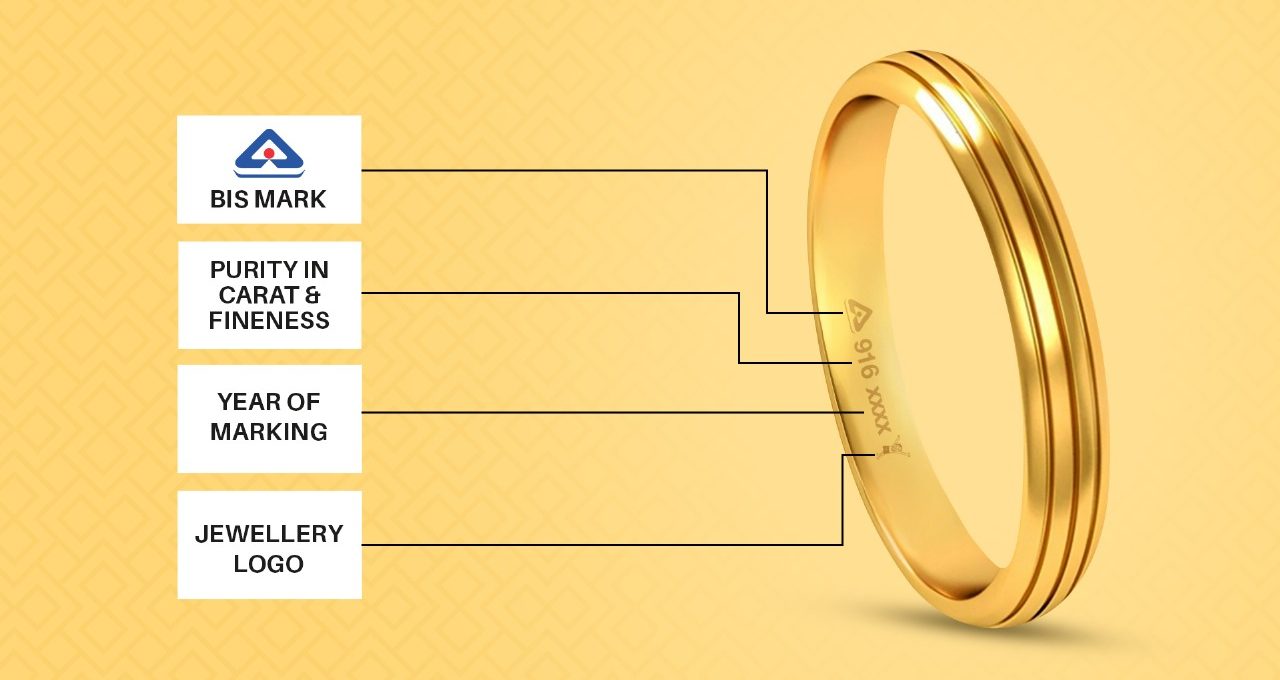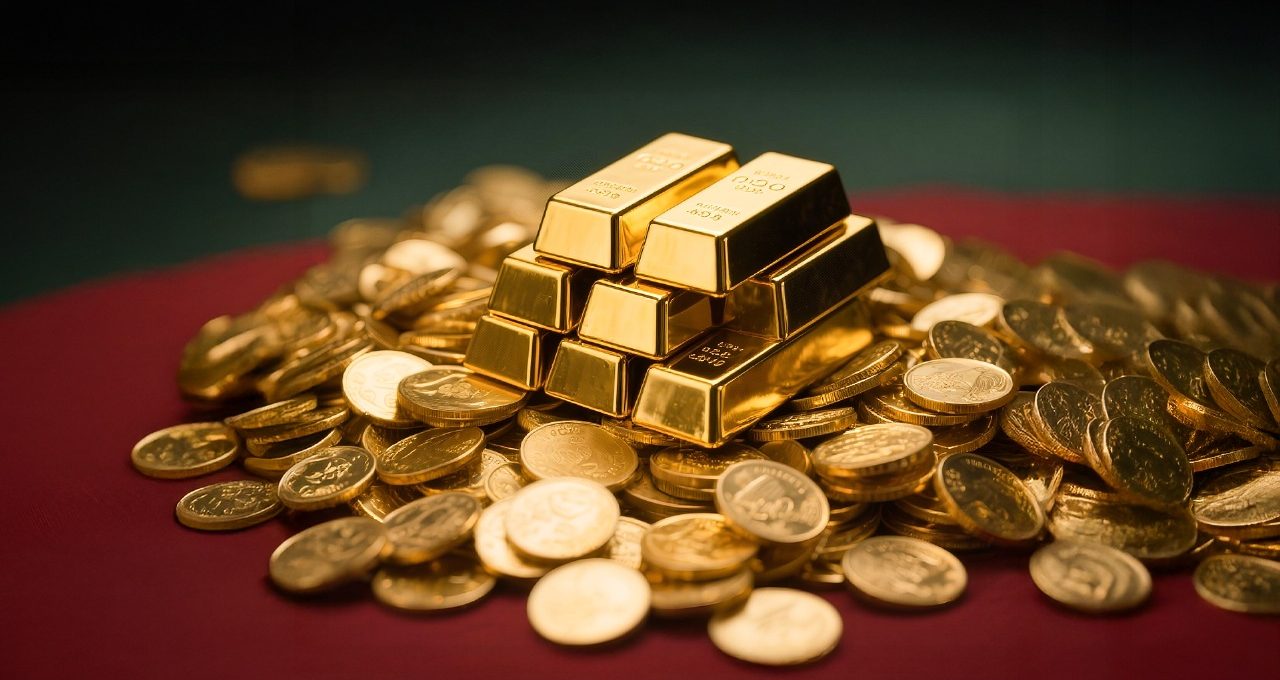
The Fascinating World of Navratna Stones A Blend of History, Astrology and Culture
The world of gemstones is as diverse as it is beautiful, but few collections of gems hold as much historical and astrological context as the Navratna stones. The Navratna stones belong to a special group of gems that have held a fascinating place throughout history. Often associated with astrology, the Navratans are a group of 9 gemstones that are believed to be among the most powerful of gems – representing 9 different celestial bodies in our cosmos.
What are the Navratnas or nine gems?
Nava in Sanskrit means “nine”, and ratna means “gem”. So, navaratna is the Sanskrit composite term for nine precious gems that, according to Hindu astrology, are considered auspicious and believed to offer cosmic protection to the person wearing them. These nine gems are diamond, ruby, emerald, blue sapphire, pearl, coral, gomed, cat’s eye, and yellow sapphire.
The Origins and Significance of Navratnas
The earliest mentions of Navratna gems date back to the 10th century, where they were worn as amulets by royalty, particularly kings and emperors. In Hindu astrology, the Navratnas represent the Navagrahas or the nine planets, each corresponding to a celestial deity whose influence is believed to impact one’s destiny. When worn together in a specific formation, Navratna jewelry is thought to harmonize cosmic energies, balancing chakras and ensuring positive energy and protection.
Navaratnas in Indian astrology
The navaratnas represent the Navagrahas or the nine planets according to Hindu astrology. Each of these nine stones represents a celestial deity who rules a particular planet and whose favour is believed to astrologically impact a person’s destiny. When worn together in a specific formation, the nine planets are believed to be in cosmic harmony and, therefore, help balance the chakras and ensure positive energy and protection.
The Navratna Gems
1. Ruby (Manik)
Associated with the sun, Ruby or the Manik stone is often referred to as the King of Gems and is perhaps the most important of the nine gems. The Navratan places the ruby at its heart due to its symbolic association with the Sun, which is the centre of our solar system. Ruby is believed to enhance vitality and confidence. It is also thought to bring success in careers and improve overall health and wellbeing.
2. Pearl (Moti)
The Pearl, or Moti in Hindi, is associated with the Moon, and symbolizes purity, peace, harmony, and innocence. Wearing a Pearl stone is believed to enhance the Moon’s influence and energy, fostering increased emotional intelligence, stability and creativity. Moreover, it is also believed to exert a calming influence on the mind, promoting inner peace, particularly in challenging situations.
3. Red Coral (Moonga)
Red Coral or Moonga stone is associated with Mars, and it is believed to bestow courage, energy, and protection upon its wearer. With its vibrant red hue, it symbolises assertiveness and vitality, acting as a source of action and strength. The colour red further intensifies its influence by enhancing physical vitality, making it a powerful gemstone in promoting courage and physical health.
4. Emerald (Panna)
Emerald or the Panna stone is associated with Mercury – the planet of intellect and communication, and is believed to enhance the wearer’s mental capacity. This Navratan is thought to improve intelligence, communication skills, and memory. Its influence is believed to bring success in education, and business skills, and foster harmony in relationships.
5. Yellow Sapphire (Pukhraj)
The yellow sapphire or Pukhraj stone is associated with Jupiter, and is believed to bestow wisdom, knowledge, and good fortune. Its association with prosperity, wealth, and spiritual growth is said to bring luck and success in endeavours. Within the collection of Navratna stones, the colour yellow adds to its positive qualities, symbolizing joy, happiness, and optimism.
6. Diamond (Heera)
Associated with Venus, Diamonds or Heera is revered as a symbol of love and beauty. These stones, perhaps the most popular of all gems, are believed to bring balance to people’s lives by enhancing their grace, charm, and artistic talents. Moreover, these gems are thought to foster harmonious relationships, attract abundance, and promote overall happiness and harmony. Diamonds have historically been regarded as a symbol of love.
7. Blue Sapphire (Neelam)
Within the Navratna stones, the blue sapphire or the Neelam stone is associated with Saturn. Blue Sapphire is believed to bring mental clarity, discipline, and spiritual growth. The colour blue symbolizes wisdom and spiritual awakening, and enhances its significance in Vedic astrology, where this gem is revered as one of the most potent gemstones for overcoming life’s obstacles and challenges.
8. Hessonite (Gomed)
Hessonite or Gomed stone is the Navratan associated with Rahu (the ascending or north lunar node). It is believed to offer protection against negative influences while enhancing focus and concentration. It has found its way into various cultures to amplify intuition, facilitate meditation, and promote mental healing. As a powerful shadow planet known for its unpredictable and obscure nature, Rahu holds a profound astrological connection with the warm cinnamon-coloured Hessonite gemstone, symbolizing protection, clarity, healing, and spiritual growth.
9. Cat’s Eye (Lahsuniya)
The Chrysoberyl Cat’s Eye, the final gem among the Navratna stones, is associated with Ketu (the descending or south lunar node). It bestows spiritual insights, intuition, and protection from hidden enemies, enhancing psychic abilities and fostering enlightenment. Despite Ketu’s inauspicious reputation as a shadow planet, Cat’s Eye is believed to counteract its malefic effects, bringing peace to one’s life. As one of the protective gems, Cat’s Eye evokes feelings of spiritual awakening and enlightenment, making it a cherished gemstone among those seeking inner wisdom and growth.
The Arrangement of the Navratnas
The arrangement of Navratna stones in jewellery holds great importance. Navratna jewellery typically includes an array of pieces such as rings, earrings, pendants, necklaces, chokers, bracelets and armbands.
At the centre lies the ruby stone (manik), symbolizing the Sun, representing the solar system’s central body. Surrounding it in a specific clockwise order from the top are the other gems – diamond (heera), pearl (moti), red coral (moonga), hessonite (gomed), blue sapphire (neelam), cat’s eye (lahsuniya), yellow sapphire (pukhraj), and emerald (panna), in order. The unique arrangement of these gems allows them to complement each other and holds astrological significance, believed to harmonise the cosmic energies of the planets in one’s life.
The Navratna stones, with their profound symbolism, are a fascinating blend of history and astrology. They serve as a vivid reminder of our cosmic connection, reflecting the belief that we are deeply intertwined with the universe. Afterall, we are all quite literally made of stardust.
In conclusion, the Navratna stones stand as a testament to the enduring fusion of history, astrology, and culture. From their ancient origins as symbols of cosmic protection to their contemporary significance in jewelry and astrological practices, these nine gems continue to captivate and inspire. Each gem, representing a celestial body and embodying unique qualities, serves as a cosmic bridge connecting individuals to the vast universe.
Explore our curated jewellery collection. We’re here to help you shine even brighter and stand out in every crowd.
Want to purchase gold jewellery online? Check out our Online Shop now https://bhimajewellery.com/shop/
Looking for more insightful blogs and information? Stay tuned as we explore other enriching topics and traditions in our upcoming blogs.




